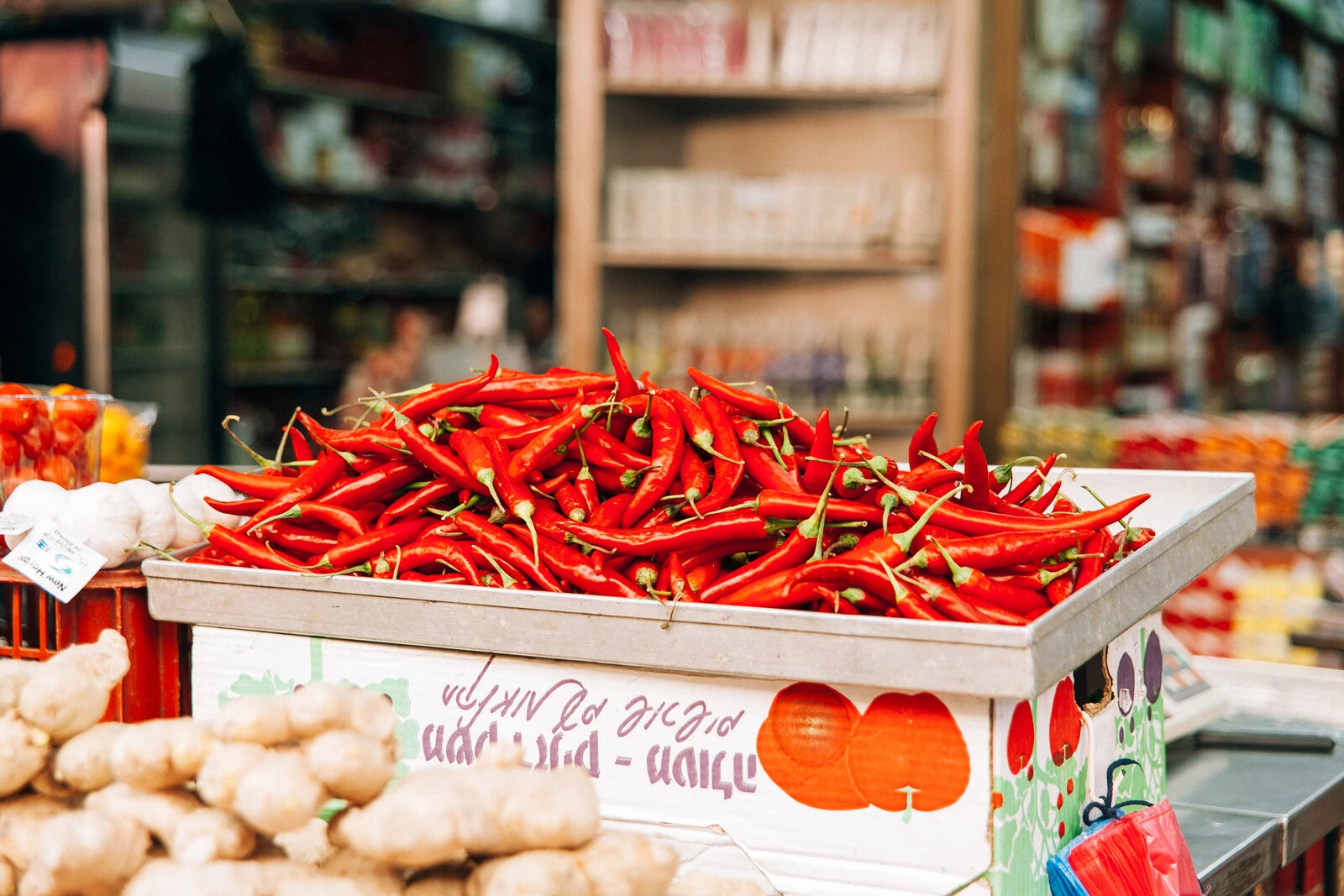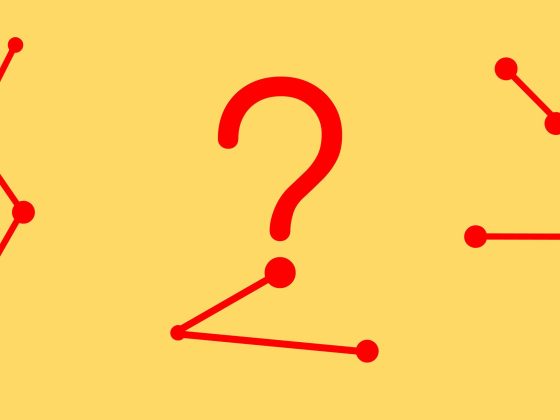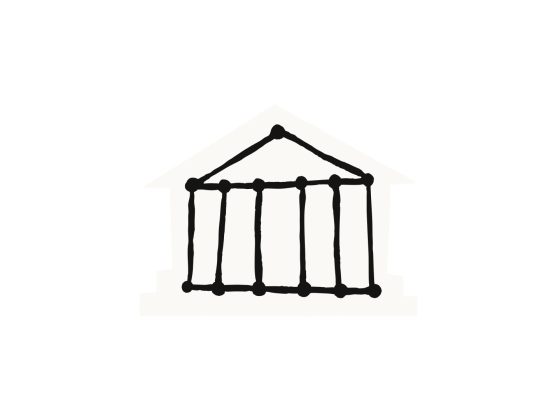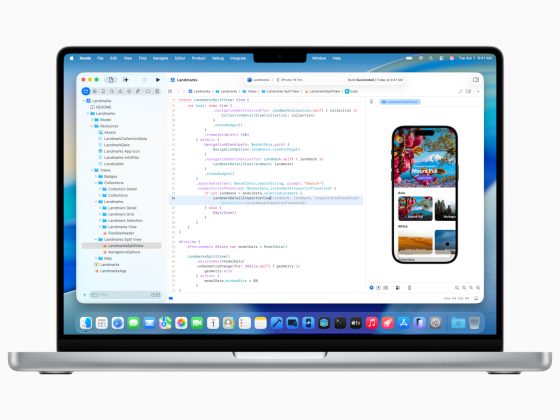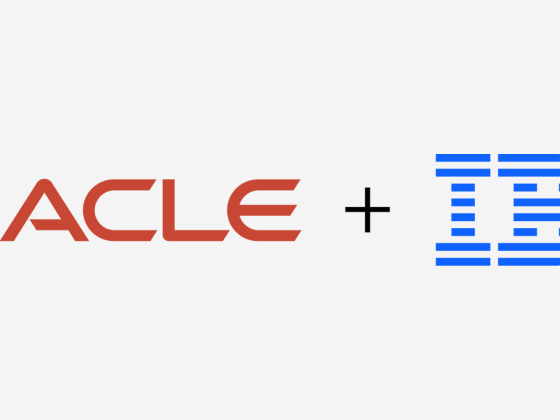- Subsistence farmers in countries like India battle extreme weather and financial desperation to support their families.
- The AI for Agriculture Innovation initiative held workshops with farmers in India to find out how to help them access the AI tools they need to farm more efficiently and earn more.
- The initiative transformed the chili farming for many in Khammam district, India with bot advisory services, AI-based quality testing, and a digital platform to connect buyers and sellers. Participating farmers reported that they doubled their income.
Krishna, a smallholding farmer, diligently cultivates his half-hectare plot in Telangana, India, every day. For this, he earns $120 per month—just enough to meet his family’s basic needs.
But Krishna must also contend with unpredictable monsoons, frequent droughts, pest infestations, and diminishing yields. He must battle the impacts of changing climate patterns and soil health. With no access to a bank, Krishna is also forced to use local loan sharks for finance, paying crippling interest rates. Even then, the essential resources he buys with this money – such as seeds, fertilizers and pesticides – aren’t always available.
Post-harvest, Krishna faces another hurdle: 40% wastage in other parts of the supply chain. Logistics, warehousing and accessing a market at which to sell their produce also present significant challenges for many farmers like Krishna.
Strict quality requirements set by traders and processors are also very difficult to meet. These farmers are then trapped in a cycle of subsistence farming because low revenues leave them with less to invest in the next crop cycle. New technologies that make this work easier – precision farming, digital market access or drones, for example – remain out of reach for most farmers like Krishna. They can’t afford the equipment, have limited access to technology and may not have the time to spare to adjust their processes to adopt them properly.
The dynamics of market supply and fluctuating prices only add to these challenges because farmers like Krishna often find themselves losing out when prices fall or demand drops.
Like the other roughly 125 million smallholding farmers in India, Krishna faces these daunting challenges to support himself and his family. For these farmers, agriculture is a high-stakes gamble marked by big risks and minimal returns. Thousands of farmers in India have committed suicide, reflecting financial desperation and weather-induced challenges affect these people.
And Krishna’s story is not unique to India either. An estimated 500 million smallholder farms in the developing world support almost 2 billion people and produce about 80% of the food consumed in Asia and sub-Saharan Africa. Addressing the plight of Krishna and his counterparts around the world to create a more sustainable and equitable future for smallholding farmers will require a holistic, scalable approach that encompasses financial inclusion and climate resilience.
Using AI for agriculture innovation
This is why the World Economic Forum India’s Centre for the Fourth Industrial Revolution, in collaboration with India’s Union Ministry of Agriculture and the state of Telangana, launched the AI4AI initiative (AI for Agriculture Innovation). Reflecting the complexity of the challenge, organisations involved come from industry (agri-inputs, consumer, food processing, finance, insurance and technology firms), the startup ecosystem and farmer cooperatives.
Over eight months starting June 2020, this endeavour held more than 45 workshops, to discuss the challenges smallholder farmers face and how 4IR could help. These discussions lead to a AI4AI plan that helps smallholder farmers by harnessing the power of new technologies including AI, drones and blockchain.
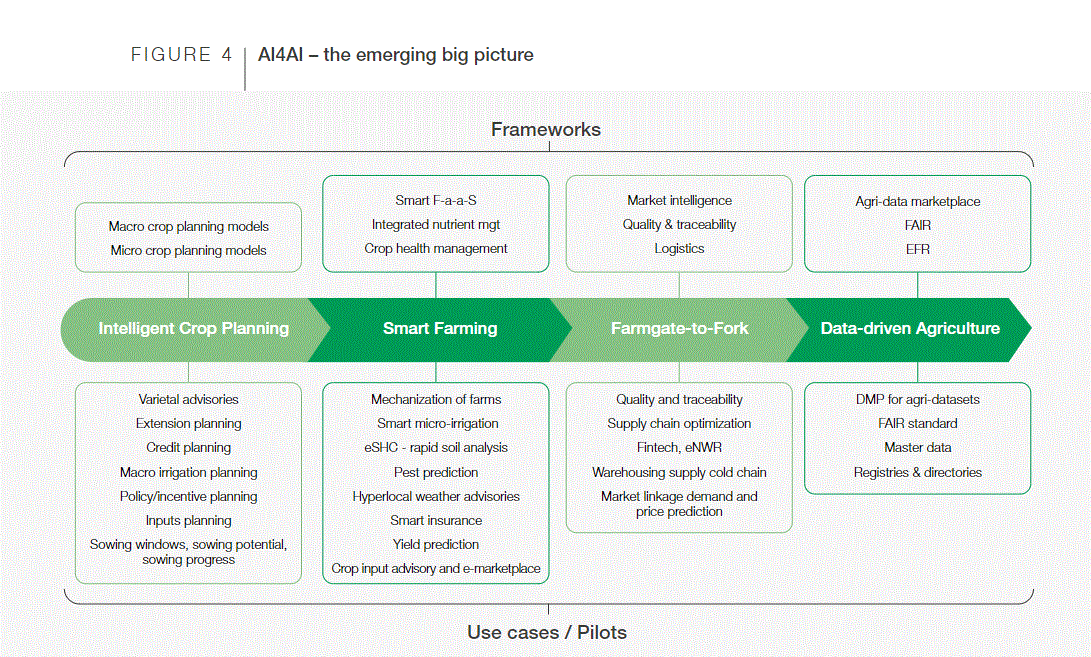
From framework to impact
We tested the AI4AI framework in the Khammam district of Telangana, India, among 7,000 farmers. We involved industry and start-up partners and used state-government data management tools (the agriculture data exchange and the agriculture data management framework) to scale up the initiative among this large group of farmers.
Named Saagu Baagu locally, this initiative has transformed chili farming in Khammam district using bot advisory services, soil testing technology, AI-based quality testing and a digital platform to connect buyers and sellers.
The pilot took 18 months and three crop cycles to complete. During this time, farmers reported a remarkable surge in net income: $800 per acre in a single crop cycle (6 months), effectively double the average income. The digital advisory services contributed to a 21% increase in chili yield production per acre. Pesticide use fell by 9% and fertilizers dropped by 5%, while quality improvements boosted unit prices by 8%.
Saagu Baagu was not only a success for its farmers, it achieved the sustainability and efficiency goals set by AI4AI. As a result, in October 2023, the state government expanded Saagu Baagu to include 500,000 farmers, covering five crops across 10 districts.
Unlocking digital agriculture’s potential
As much of the global south grapples with the challenges of ensuring food security, mitigating climate change impacts and protecting livelihoods, this Indian agtech initiative shows promising results when using AI for agriculture. Collaboration between governments, industry, philanthropists, innovators and farmers can create national frameworks for implementing digital agriculture programmes that ensure food security, sustainability, and alignment with sustainable development goals.
Sharing lessons learned and success stories via these digital platforms gives farmers valuable insights and evidence-based strategies for using AI for agriculture. This can help accelerate innovation and guide global efforts in digital farming, promoting sustainability, inclusivity, efficiency and improved nutrition worldwide.
By: Jeremy Jurgens (Managing Director, World Economic Forum) and Purushottam Kaushik (Head, Centre for the Fourth Industrial Revolution, World Economic Forum)
Originally published at: World Economic Forum
